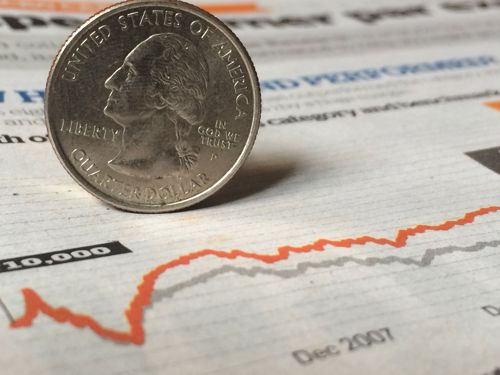Manufacturers may not have the ability to stop inflation, but what they can do is more closely assess their budgets so they're more intentional about what it costs to produce goods.
Here are a few strategies:
1. Become more fully acquainted with your numbers
Making a profit entails charging more than it costs to produce your products, but in this economic environment, business owners can't afford to "guesstimate" or ballpark whatever it is they're spending on production. They have to really know their numbers.
Matt Abbott, chief strategy officer at distribution inventory management software company Cavallo, told Supply Chain Dive that the best way to do this is through ongoing data collection and analysis.
"It's important to aggregate the data to understand the best supply choices that can drive down the cost of the product, but also make sure they're meeting the needs of the customers in terms of availability and delivery," Abbott explained.
Once data has been collected and dissected, manufacturers can then make the best supply choices that help to lower the costs of production. They may ultimately be able to reduce their products' sale prices for the end user, depending on what steps they implement to drive down what they're spending.

2. Form strategic partnerships to cut costs
When drawing from data, businesses can gain more insight and visibility into what areas of their operation could use some fine tuning in terms of cost management. One of the ways businesses are improving efficiency is by partnering with third parties. For example, earlier this year, grocery store chain Albertsons announced its partnership with the delivery app DoorDash to deliver tens of thousands of products to customers who buy online. By relying on DoorDash to handle deliveries, Albertson's will be able to spend less on the equipment and personnel required to transport products and groceries to the people buying.
Business owners may want to do their homework and research to determine what strategic partnerships make the most sense for them.
3. Carefully consider whether to raise prices
Critics and cynics often say that it isn't businesses that pay higher prices; their customers do. But that doesn't have to be the case. When it comes to determining what added costs to assume and want to pass on, Skupos CEO Jake Bolling told Supply Chain Dive companies should base their decisions around the relative value customers give to certain products or services. Additionally, businesses must assess how valuable those same customers are to the company, because raising prices could risk them going elsewhere. Either way, "make sure your customer service and sales people are fully aware of the value of any customer," Bolling advised.



Post A Comment:
0 comments so far,add yours